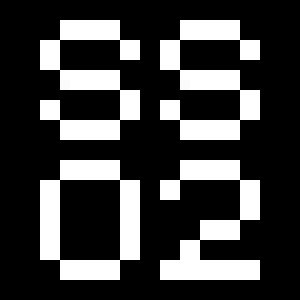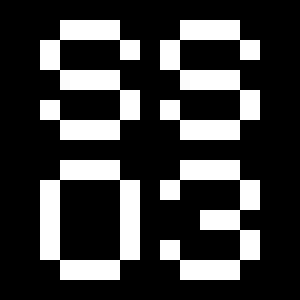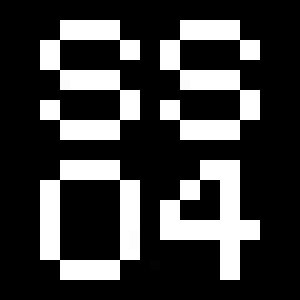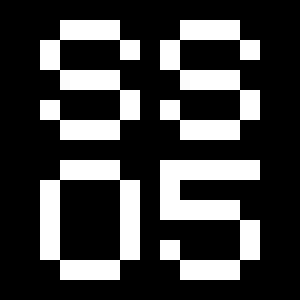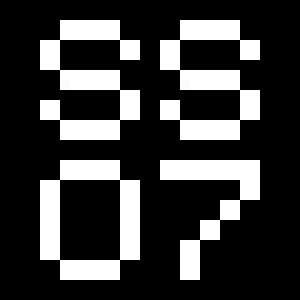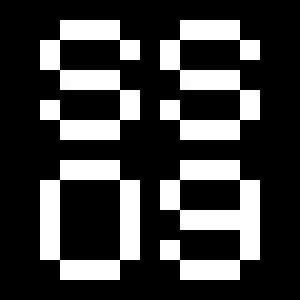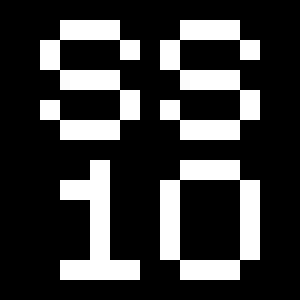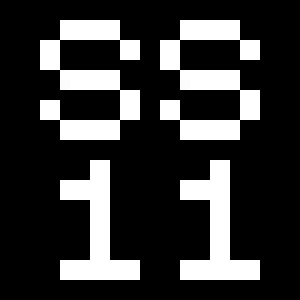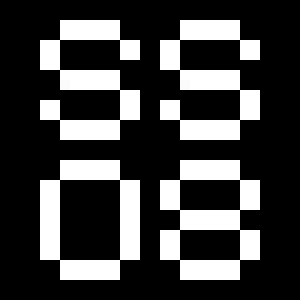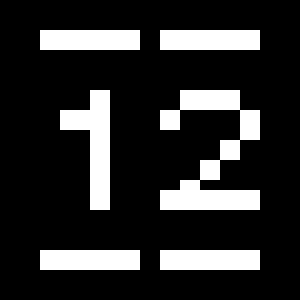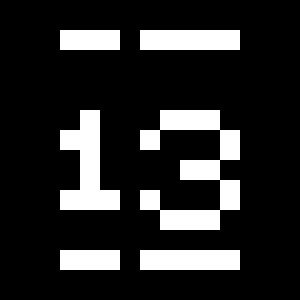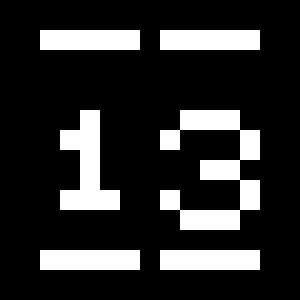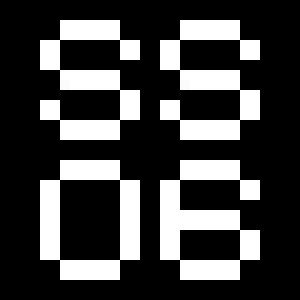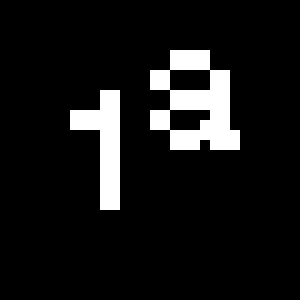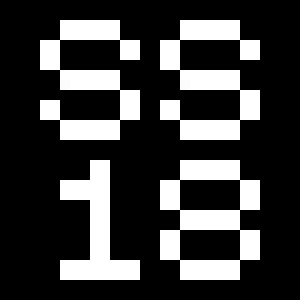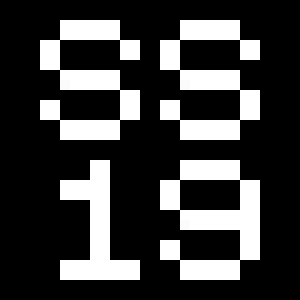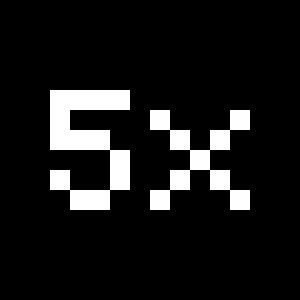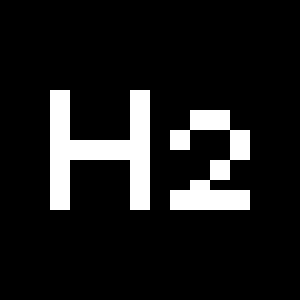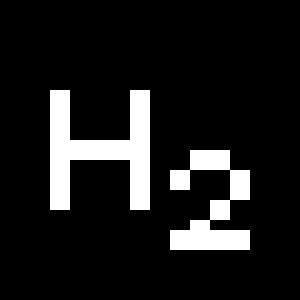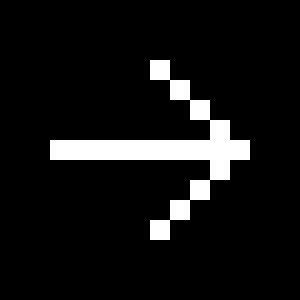Artex Variable
Artex
Artex SemiExtended
Artex Extended
Artex SemiCondensed
Artex Condensed
Artex Compressed
OpenType Features
«Optimo»
@|¦()[]{}¿¡‹›«»-–—·
«OPTIMO»
@|¦()[]{}¿¡‹›«»-–—·
abdghmnpqru
BDEFGMNPQR
145&@
abdghmnpqru
BDEFGMNPQR
145&@
a àáâãäāăåǻąæǽ
a àáâãäāăåǻąæǽ
a àáâãäāăåǻąæǽ
a àáâãäāăåǻąæǽ
gbdpq
ĝğġģďđþ
gbdpq
ĝğġģďđþ
hmnru
ĥńňñņŋŕřŗù
úûũüūŭůűų
hmnru
ĥńňñņŋŕřŗù
úûũüūŭůűų
BDEFGMNPQR
ĎĐÈÉÊĚËĒĔĖĘĜĞ
ĠĢŃŇÑŅŊŔŘŖ
BDEFGMNPQR
ĎĐÈÉÊĚËĒĔĖĘĜĞ
ĠĢŃŇÑŅŊŔŘŖ
G ĜĞĠĢ
G ĜĞĠĢ
G ĜĞĠĢ
G ĜĞĠĢ
Q
Q
145
145
0123456789
0123456789
3/4 3/8 5/8 7/8
3/4 3/8 5/8 7/8
up+down
+±×÷−=≈≠¬∞
up+down
+±×÷−=≈≠¬∞
©®℗
©®℗
←→↑↓↖↗↘↙
←→↑↓↖↗↘↙
Habcdefghijklmn
Hopqrstuvwxyz()[].,
Habcdefghijklmn
Hopqrstuvwxyz()[].,
Habcdefghijklmn
Hopqrstuvwxyz()[].,
Habcdefghijklmn
Hopqrstuvwxyz()[].,
Habcdefghijklmn
Hopqrstuvwxyz()[].,
Habcdefghijklmn
Hopqrstuvwxyz()[].,
Habcdefghijklmno
Hpqrstuvwxyz()[].,
Habcdefghijklmno
Hpqrstuvwxyz()[].,
fi ffi fl ffl ff
fi ffi fl ffl ff
-><-
ru ri rf rt rv rw ry
-><-
ru ri rf rt rv rw ry
Character Map
Uppercases
Lowercases
Accented Uppercases
Accented Lowercases
Stylistic Alternates
Standard Ligatures
Discretionary Ligatures
Punctuation
Lining Figures
Oldstyle Figures
Slashed Zero
Numerators
Denominators
Superscripts/Superiors
Subscripts/Inferiors
Fraction
Symbols
Mathematical Symbols
Currencies
Arrows
Ordinals
About
Bringing the neo-grotesque program into the realm of variable fonts, Artex is an innovative typeface designed by Valentin Brustaux. With its simplified forms tempering strict geometry, Artex proposes a distinctive graphic language in which modern efficiency meets contemporary technology.
Eager to design a typographic tool that would equally perform as static text blocks and motion graphics, Brustaux researched thoughtful, rational shapes that could optimize the quality of transitions between the extreme widths and weights of the program. Within its overarching modern architecture, Artex incorporates modular and symmetrical forms. These specific attributes improve sharpness in static uses and streamlines transitions as a dynamic font. Consequently, Artex develops a distinctive aesthetic that effortlessly attracts attention and makes for easy retention.
An extensible program—masterfully engineered in a variable format and 72 static fonts—Artex offers a full expansion of widths (from compressed to extended) and weights (from hairline to black). Each style includes 29 alternate glyphs, which provide a versatility in visual vocabulary and add dimension to any project.




